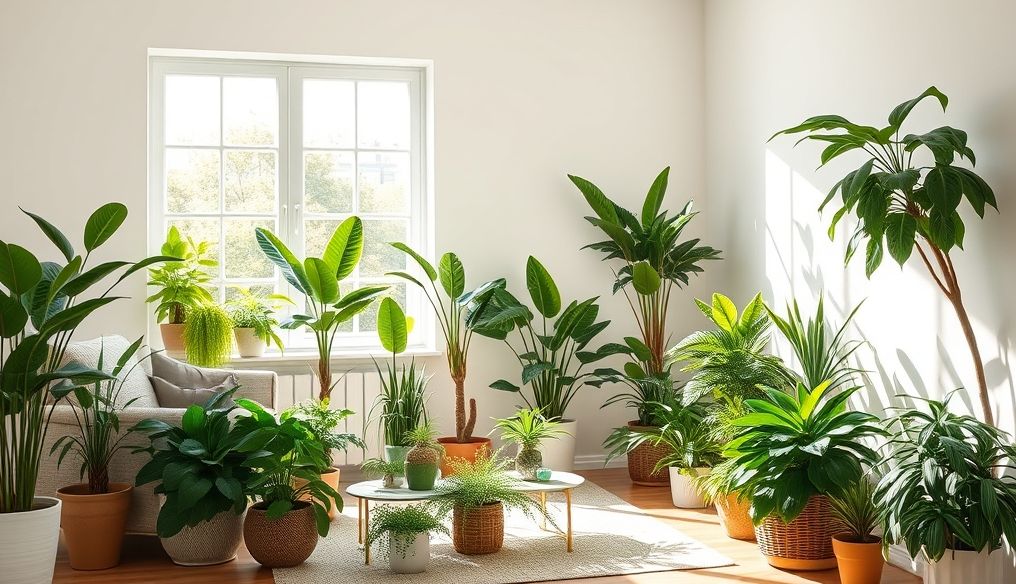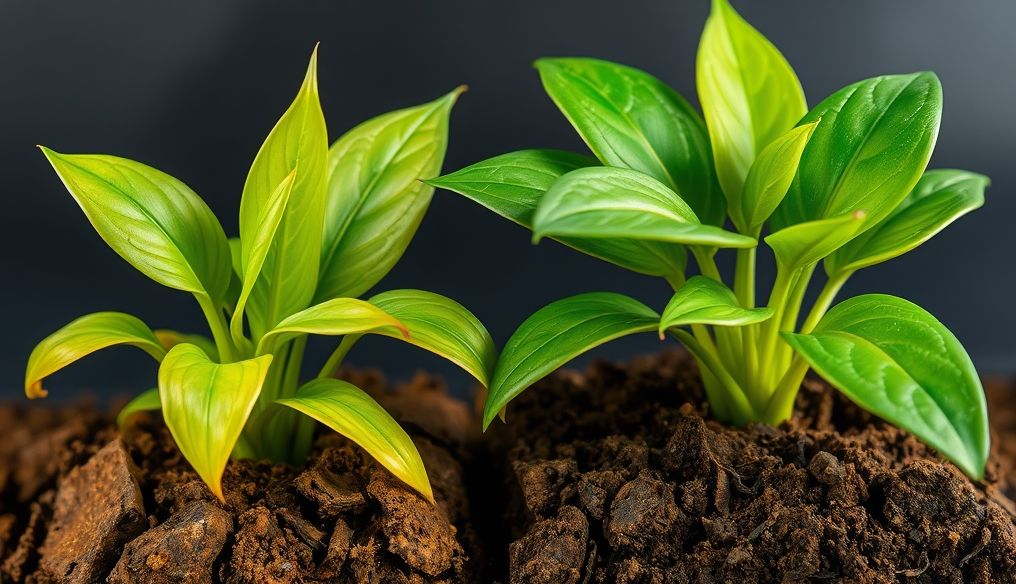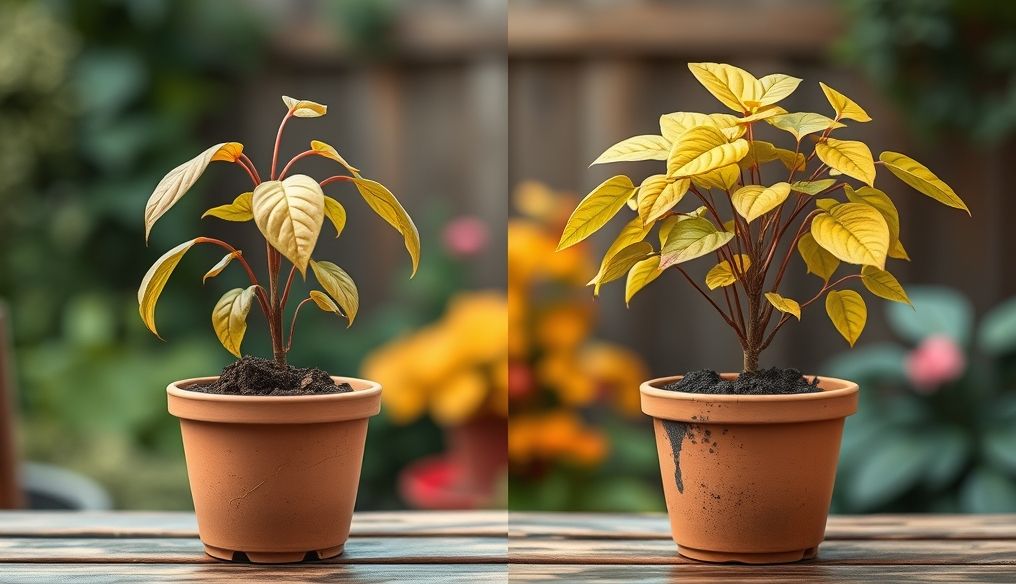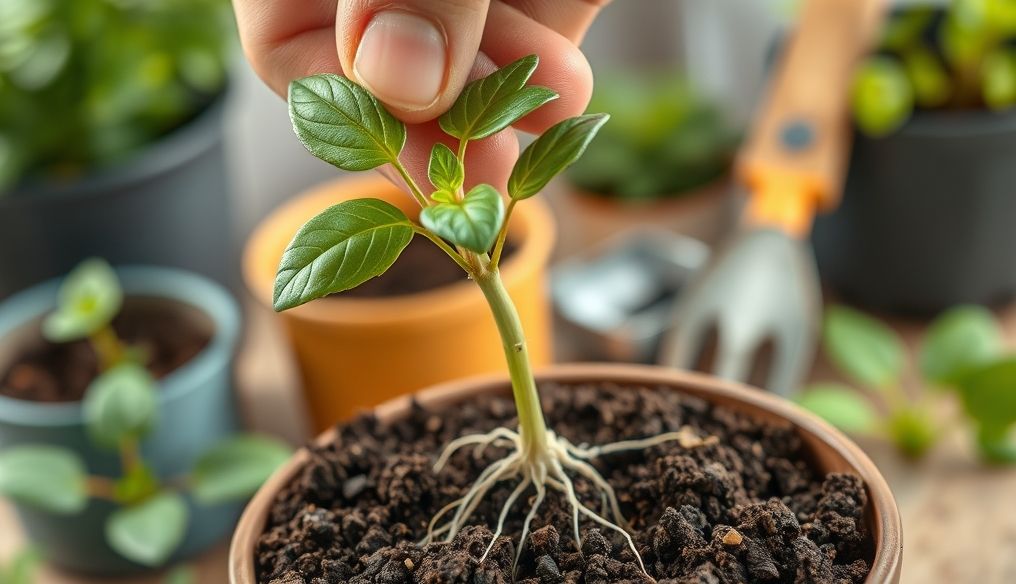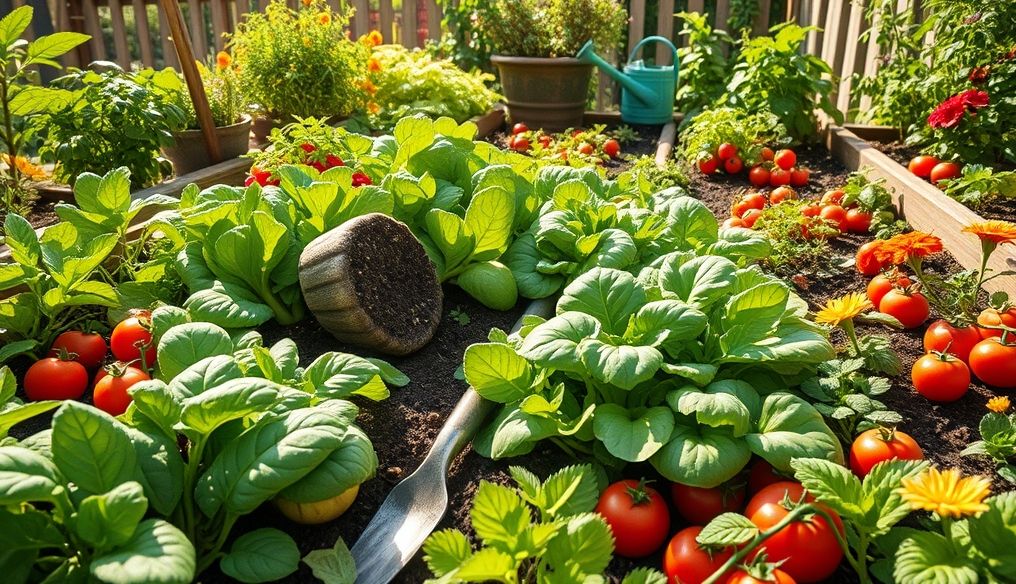What are the best plants to purify indoor air and how do we choose them?
The air inside our homes is often worse than the air outside due to pollutants emitted from building materials, furniture, and cleaning products. Fortunately, houseplants can be a natural and effective solution to purify the air and improve our health and well-being. In this article, we will explore the best plants for air purification and how to choose and care for them.
Chapter 1: Why Do We Care About Purifying Indoor Air?
The air inside homes can contain a variety of pollutants, including:
- Volatile Organic Compounds (VOCs): such as formaldehyde, benzene, toluene, emitted from furniture, adhesives, paints, and cleaning products.
- Dust and Mold: accumulated in corners and on surfaces.
- Radon Gas: a naturally occurring radioactive gas that seeps from the soil into homes.
- Carbon Dioxide: produced by human and pet respiration.
The impact of these pollutants on our health can be significant, including:
- Eye, nose, and throat irritation.
- Headaches and fatigue.
- Exacerbation of asthma and allergies.
- Respiratory problems.
- Increased risk of chronic diseases.
According to a study by the U.S. Environmental Protection Agency (EPA), people spend about 90% of their time indoors, making indoor air quality of paramount importance.
Chapter 2: How Do Plants Help Purify the Air?
Plants purify the air through several mechanisms:
- Absorption: Plants absorb pollutants from the air through the pores on their leaves.
- Metabolism: Plants convert some pollutants into nutrients that they use for growth.
- Transpiration: Plants release water through their leaves, which increases humidity in the air and helps remove dust and other particles.
- Soil Effect: Microorganisms in the soil help break down pollutants.
A famous study by NASA in the 1980s highlighted the ability of houseplants to remove VOCs from the air. This study led to increased interest in using plants as a natural solution for air purification.
Chapter 3: The Best Plants for Air Purification
Here is a list of the best plants you can use to purify the air in your home:
1. Snake Plant (Sansevieria trifasciata)
Also known as Mother-in-Law's Tongue, it is a hardy plant that tolerates neglect and purifies the air of formaldehyde, benzene, toluene, and xylene. It produces oxygen at night, making it ideal for bedrooms.
2. Spider Plant (Chlorophytum comosum)
Easy to care for and fast-growing, it is effective in removing formaldehyde and xylene. It produces many small offshoots that can be easily propagated.
3. Pothos (Epipremnum aureum)
A strong climbing plant that tolerates low light conditions and purifies the air of formaldehyde, xylene, toluene, and carbon monoxide.
4. Peace Lily (Spathiphyllum)
A beautiful plant with white flowers that purifies the air of formaldehyde, benzene, toluene, xylene, and ammonia. It requires high humidity.
5. Areca Palm (Dypsis lutescens)
A tropical plant that purifies the air of formaldehyde, xylene, toluene, and carbon monoxide. It also helps increase humidity in the air.
6. Dracaena
Available in various types, they are effective in removing formaldehyde, xylene, and toluene. Some types may be toxic to pets.
7. Ficus Benjamina
A beautiful small tree that purifies the air of formaldehyde, xylene, and toluene. It requires special care and good lighting conditions.
8. Cylindrical Snake Plant (Sansevieria cylindrica)
Similar to the snake plant but features cylindrical leaves. It is easy to care for and purifies the air of the same pollutants.
Chapter 4: How to Choose the Right Plants for Your Home
When choosing plants for air purification, consider the following factors:
- Lighting Conditions: Make sure to choose plants that match the amount of light available in your home. Some plants need direct sunlight, while others prefer shade.
- Humidity Level: Some plants need high humidity, while others tolerate drought.
- Plant Size: Choose plants that fit the size of the room.
- Safety: If you have pets or young children, make sure to choose non-toxic plants.
- Care Needs: Choose plants that you can care for easily.
Chapter 5: Tips for Caring for Houseplants
To keep your plants healthy and ensure their effectiveness in air purification, follow these tips:
- Regular Watering: Do not overwater, and make sure the soil dries out between waterings.
- Fertilizing: Fertilize plants regularly during the growing season.
- Pruning: Prune plants to remove dead or damaged leaves.
- Cleaning: Wipe the leaves regularly to remove dust.
- Providing Adequate Lighting: Place plants in a place with adequate light.
- Rotating Plants: Rotate plants regularly to ensure all parts receive light.
Chapter 6: How Many Plants Do I Need?
There is no hard and fast rule, but in general, it is recommended to use at least one plant per 100 square feet of space. For best results, diversify the types of plants used.
Chapter 7: Myth or Reality: Are Plants Really Effective in Purifying the Air?
Although the NASA study showed the effectiveness of plants in purifying the air in closed environments, there is some debate about their effectiveness in real homes. The effect of plants depends on several factors, including:
- Number of Plants: The more plants, the more effective they are.
- Plant Size: Larger plants are more effective.
- Ventilation: If your home is well ventilated, the effect of plants may be less noticeable.
However, even if the effect of plants is limited, they remain an aesthetic and healthy addition to the home. In addition to purifying the air, plants can:
- Reduce stress and improve mood.
- Increase humidity in the air.
- Create a more natural and attractive environment.
Chapter 8: Other Alternatives for Air Purification
In addition to plants, there are other ways you can use to improve the air quality in your home:
- Using Air Purifiers: Air purifiers with HEPA filters can remove small particles and pollutants from the air.
- Good Ventilation: Open windows regularly to ventilate the house.
- Avoid Smoking Indoors.
- Use Natural Cleaning Products.
- Clean the House Regularly: Wipe dust and clean carpets and furniture regularly.
Conclusion
Houseplants are a great addition to any home, as they can improve air quality, reduce stress, and create a more natural and attractive environment. By choosing the right plants and caring for them properly, you can enjoy their many benefits.
